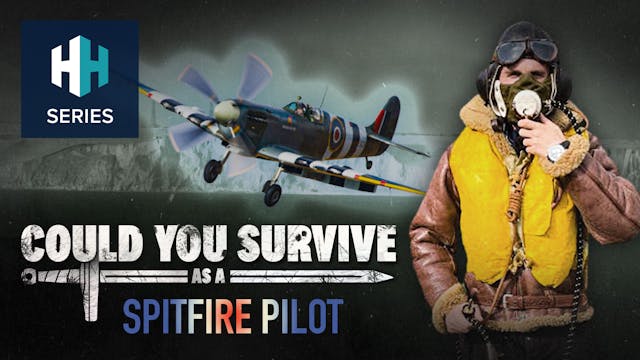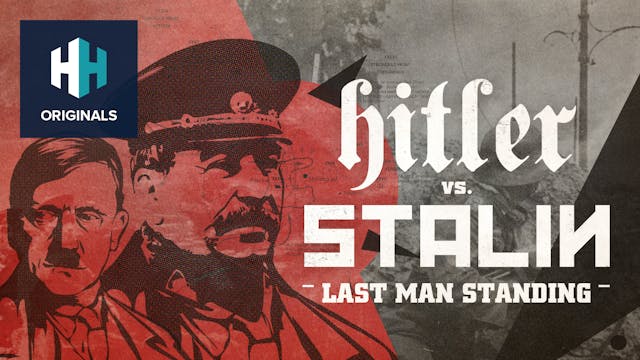In this History Hit exclusive video, Luke Tomes and Louee Dessent travel to the Battle of Britain Airshow at Imperial War Museums Duxford to find the rarest, whackiest and most unique aircraft that saw active service in the Second World War.
Starting their day at the Aircraft Restoration Company hangar, Luke and Louee are shown two incredibly rare British World War Two planes by director and pilot John Romain MBE. First, Luke sees a restored Bristol Blenheim fighter-bomber, used in the early years of the war and during the Battle of Britain, which remains the only aircraft of its kind in the world. John then takes Louee around a Westland Lysander, used to rescue pilots and transport spies in occupied Europe. The Lysander is one of only three planes of its kind that remain airworthy in the world.
Louee then makes his way to the Fighter Collection hangar where dozens of unique aircraft spanning both world wars are in the process of reconstruction. There he stumbles upon and half-built Fiat CR.42 Falco, an Italian fighter used across several fronts (with limited effectiveness) during the Second World War.
In the meantime, Luke visits the AirSpace Museum and spots a De Havilland Mosquito Bomber suspended from the roof. Made entirely out of wood, the Mosquito was initially dismissed by the British government, yet due to its remarkable speed and exceptional manoeuvrability, the bomber soon became a crucial part of the Royal Air Force. Also resting within the AirSpace Museum is a Fairey Swordfish which catches Louee's eye. The weighty and slow biplane may look like a relic of the First World War, but it played a crucial role as a torpedo bomber during the conflict, sinking much of the Italian naval fleet at Battle of Taranto and sinking the infamous German battleship, Bismarck.
For his last pick, Luke makes his way into the Battle of Britain hangar where he spots one of the weirdest-looking aircraft of the Second World War - the Cierva C30A Autogyro. Capable of flying at very slow speeds, this unique aircraft was responsible for calibrating RADAR and hence played a crucial role in defending Britain's shores. Less than 200 Autogyro's of this kind were ever constructed.
To wrap things up, Louee heads to American Air Museum where he is stunned to find a B-29 Superfortress. This gigantic bomber was responsible for ending the Second World War, dropping atomic bombs on the cities of Nagasaki and Hiroshima in August 1945. Aside from its size and incredibly sophisticated weapon systems, the nose of the B-29 Superfortress inspired the design of the Millennium Falcon from Star Wars.
Up Next in World War Two
-
Alderney With Dan Snow
Join Dan Snow as he explores one of the world's most fortified islands, discovering Roman ramparts, Victorian gun emplacements and giant underground bunkers built by the German occupiers during the Second World War.
Alderney may be a tiny scrap of land in the English Channel - part of the Channe...
-
Could You Survive as a Spitfire Pilot...
Arguably the most famous British fighter aircraft in history, the Spitfire, also called Supermarine Spitfire, was the most widely produced and strategically important British single-seat fighter of World War Two. Over 22,000 Supermarine Spitfires were built during the course of the Second World W...
-
Hitler vs Stalin: Last Man Standing
After four months of heavy fighting, German commander Paulus and his troops had succeeded in pushing the Soviet's from out of the centre of the city and to within 800 metres of the Volga.
Victory seemed within their grasp, but what Paulus and Hitler didn't know was that Zhukov and Stalin were pl...




3 Comments